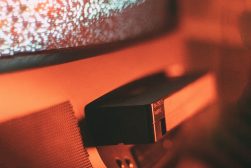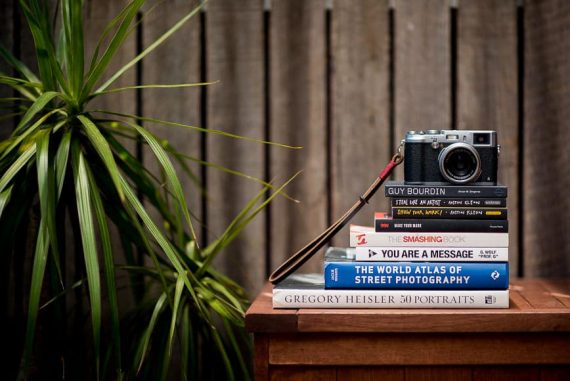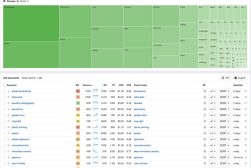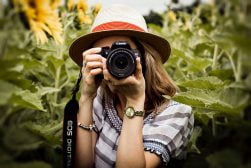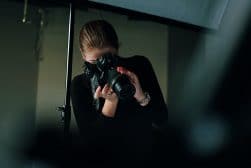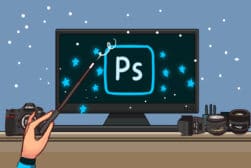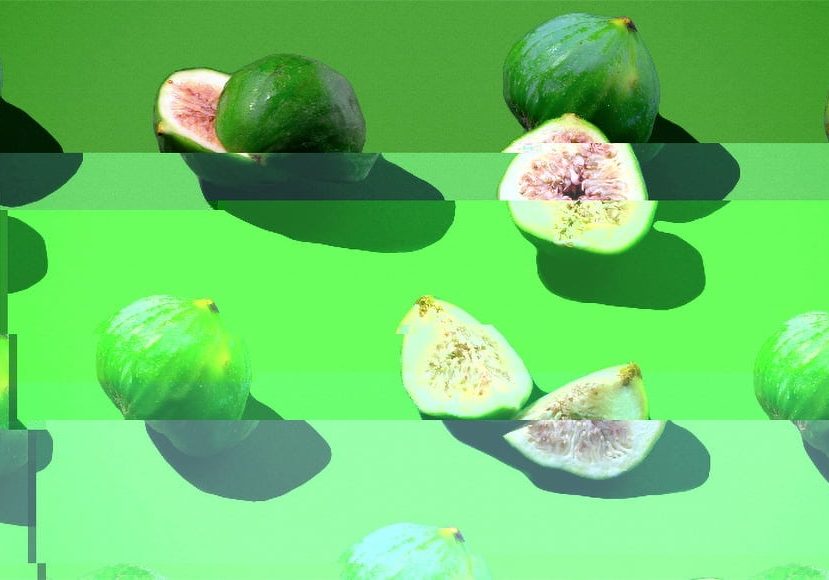
How to Create Glitch Art Photography
Turn deliberate data corruption into a cool and unique photo project! Here's how to create glitch art photography manually and with apps.
Learn | Photography Guides | By Greg Cromie
If you’re the kind of photographer that loves to apply filters, presets and exciting effects to your photography, then you’re going to love glitch art.
We often think that once we take a photo, the only options are to apply a filter or a colour effect. But with the creative and interesting results created with glitch art, you can take your photography to the next level.
Glitch art has a fascinating history that pre-dates digital media.
But, with the advancement in technology, there’s a range of apps available for both desktop and mobile devices to create your very own glitch art.
So whether you’re into the cyberpunk aesthetic or just want to play around with a new effect, let’s take a closer look at what glitch art is and how to use it for your next photography project.
Table of Contents
What Is A Glitch Effect?
So the key question is what is a glitch and how is it used for photography? Put simply – a glitch is an error that’s intentionally caused to create an effect.
Of course, a glitch could be a happy-accident that achieves an unexpected, but much appreciated, change.
In tech-talk, a glitch is considered a malfunction that usually occurs in things like software, games, images, video and audio.
When it comes to photography, a glitch effect distorts how the image appears.
To achieve this result, a glitch interrupts the regular code and data that make up an image. The interruptions take the information that’s already there and changes it in some way.
In photography, glitches can take on all sorts of weird and wonderful looks that change the colour, textures and even shapes of the subject in the image.
Some of the more common types of glitches result in images that look like a TV screen that’s not quite plugged into the aerial correctly.
Static, lines and even sections of the image appearing in the wrong place are all typical glitches.
Intentionally applying glitches to a photo can be done in several ways – for example, with purpose-built apps and through manipulating the data manually.
In some extremes, a glitch can be created by impacting the actual workings of the camera (though this isn’t a great idea unless you have a camera that you’re happy to damage!).
History Of Glitch Art
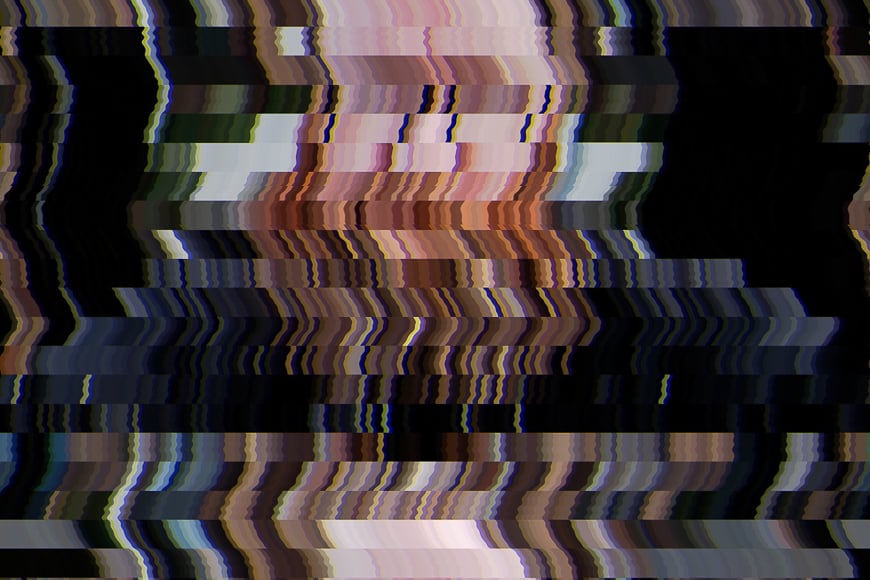
Before we get into the best way to create glitch art with your photos, let’s take a moment to appreciate its origins.
Who knows, you may get a little inspired by the history of glitch art.
While glitch photography is enjoying a renaissance thanks to the invent of photo distortion apps, its origins come from before digital cameras.
Glitch art is considered to be quite a prominent art form with its earliest examples dating back to the analogue era of the 1930s and 40s. Digital technology was not available then, but they could corrupt mechanisms like cameras to create a glitch.
Glitch art rose in popularity in the 1990s, especially during the golden age of music videos and VHS mixtapes. Also, the use of glitches in music continues today.
How Do You Make Glitch Art?
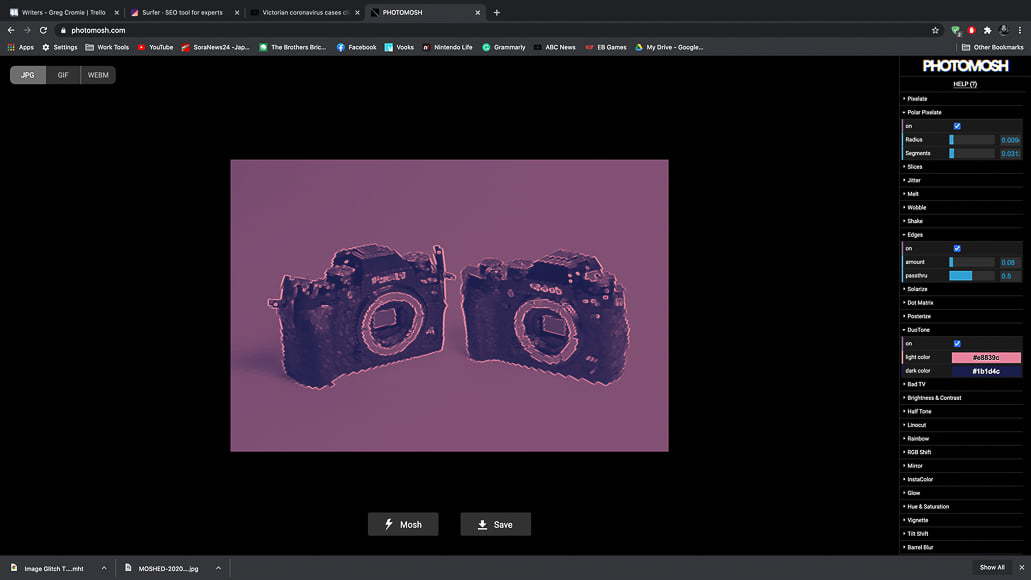
There are a bunch of ways that you can create glitch art in photography.
To create glitch art today, you need to work with digital image files to change the code, or text, that creates the visual image. To achieve this, you need to use processes known as data-bending or data-manipulation.
Probably the simplest is to use a purpose-built app for either desktop or your mobile device. These apps replicate what early-explorers of glitch art had to do manually.
Desktop Apps
There are many photo editing software utilities available for any operating system. Some of these can also assist in creating the kind of errors necessary to force a glitch.
And then there are apps and online platforms that are specifically for creating glitch art with photos. Some will develop static images, and others can capture animated glitches in the form of movie and GIF files.
GIF images are a lot of fun and pair well with most social media platforms. As a result, you can create and easily share your glitch art with the world.
Let’s take a closer look at some of the desktop apps available:
Photomosh
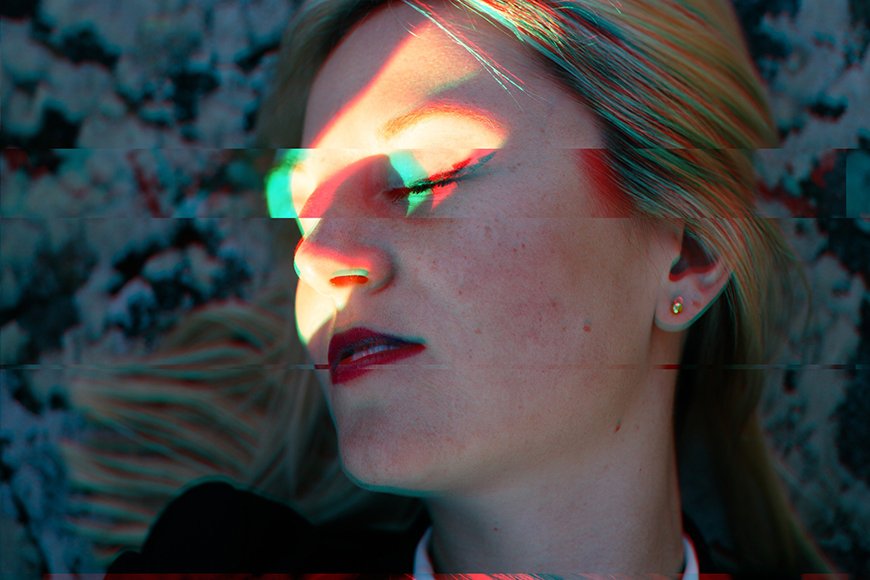
Photomosh is an online photo editing tool designed to apply glitches to your photos. This handy platform allows you to choose from dozens of glitch art effects to distort your image.
One of the great things about Photomosh is that you can apply animated effects. It’s a lot of fun being able to make numerous changes to your photo like having it flicker or even wobble within its frame.
I like the old rolling TV effect as your distorted image rolls over and over like an out of tune TV.
Photomosh is by far one of the most comprehensive free glitch image tools available.
Photoshop
For those that have access to Adobe Photoshop already, you can manipulate your photos within this software to create glitch art.
By using Photoshop’s existing tools, you can move elements of the image within the frame. Then, through creating copies of the image in several layers with various colour channels active, you can form a colour shift effect.
Blending all of the layers results in a great looking example of glitch photography.
Adobe Photoshop is very versatile but can be a little daunting, and I would only recommend it to those that have experience with the photo editing software.
Image Glitch Tool
Upon opening a standard photo in Image Glitch Tool, the software instantly applies a selection of distortions.
You can opt to go with what’s first presented or hit the randomize button to allow the app to apply various glitch styles to your photo.
There are also four sliders to give you greater creative control over the strength and quality of the glitches.
It’s a simple platform that’s incredibly easy to use and helpful for developing your glitch art photography.
Mobile Apps
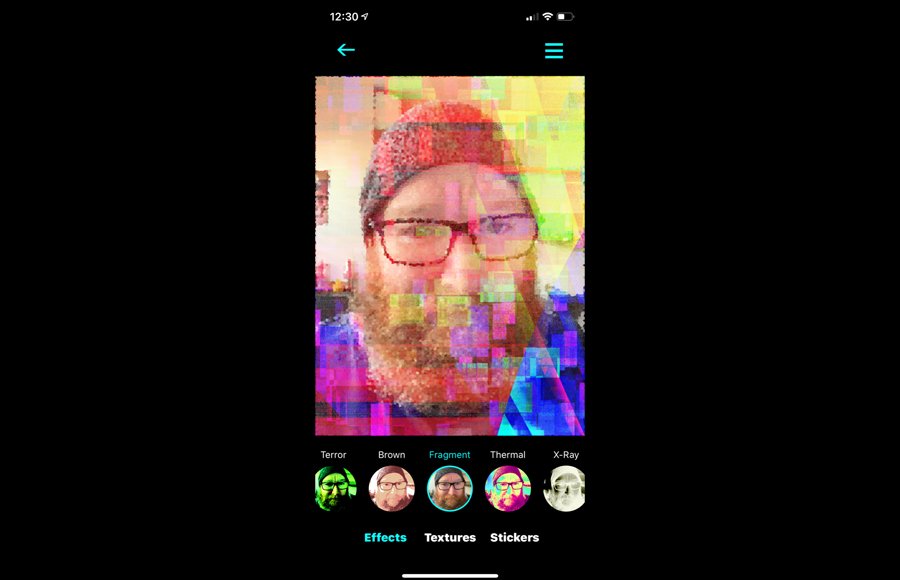
There are countless tools available from app stores for your mobile device. Regardless of if you’re using Apple or Android, there are plenty to choose from.
Here are a couple that I thought delivered excellent glitch image effects:
Glitch Studio
Glitch Studio is a free app with in-app-purchases that unlock most of the glitch effect tools. However, the free version still provides a decent level of customization for both photos and videos.
The glitch tools vary, and you can control the speed and intensity of the distortion. What’s more, you can export the finished photo as a JPEG, video or GIF, making it perfect for sharing on social media.
Glitch Art – VHS Editor
As mentioned above, glitch art became a popular effect for music video during the 90s. VHS tapes and their data were manipulated to create desirable glitches.
Glitch Art – VHS Editor replicates many of those distortions and from a guy that grew up making video hit mixed VHS tapes, and it does a pretty good job.
This paid app allows you to apply a big range of glitches directly to images from your library. You can also shoot new photos and video from the app, and the glitch applies in live view.
It’s a neat and simple app to use and produce endless creative distortions with your images. There’s both an iOS version and an Android version.
How do you manually apply glitches to photos?
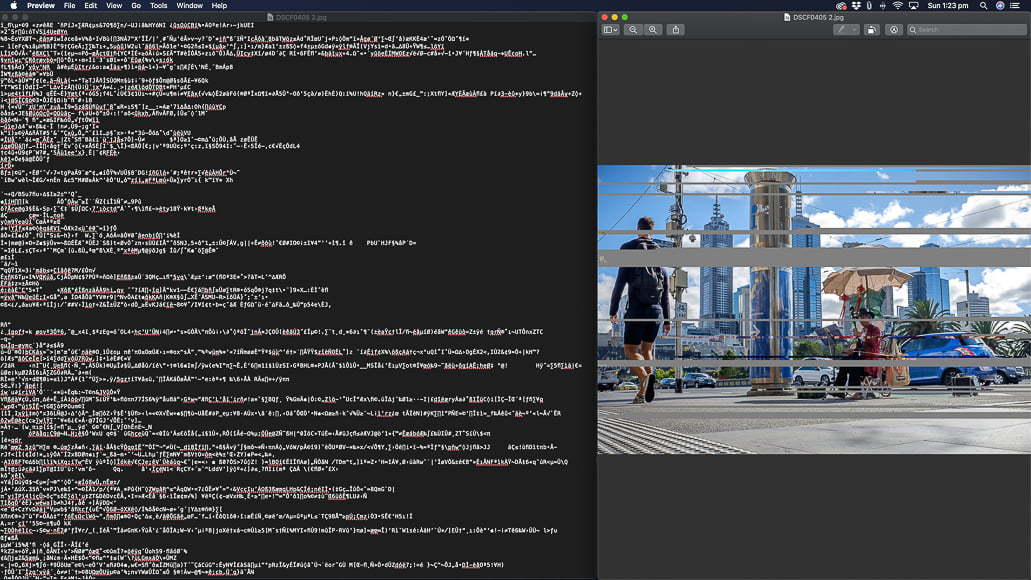
There are also several tools that you can get to manually distort the data of an image to create a glitch.
Many of them are not intended for the production of glitches, but with trial and error, some smart people have put software to use in other ways.
One of the most straightforward solutions for creating glitch photography is to use a notepad or text editor app. These apps are basic but make a perfect platform to access the text data of an image and intentionally change it.
With an application like Text Edit, you’re better off working with a JPEG file as they do not hold as much data as other formats. Here are the steps involved to create simple glitch art photography:
- Open your JPEG image with Text Edit. You won’t see a picture, but you will see vast lines of text that make no sense.
- I usually scroll down about a third of the way through the text before I make any changes. You mustn’t delete or alter the first three to four and the last three to four lines of text.
- You can select a line or a few lines of text and delete them. Save your text file and check your image to see if you’re happy with the result.
- If you’re not satisfied with that distortion, you can revert the last change with the undo function.
- The trick is to experiment with how deleting text, copying blocks of text and repasting it elsewhere, typing in the new and unrelated text all create glitches.
- Keep going until you’re happy with the outcome, and you have your unique piece of glitch art photography.
Using a tool like Text Edit is a very primitive way to alter text and enforce distortions on the image. But, for first-time glitch photography artists, it’s an excellent and free way to play around with glitches.
What’s more, you can experiment with merging the lines of text from two images in various ways to form a composite photo.
Final Words

The possibilities with glitch art photography are endless and open up a whole new world of creative expression.
Regardless of using a free and simple tool like Text Edit or a paid mobile or desktop app, there are countless methods for creating glitch photos.
As with any art form, the most important tip I can give you is to experiment, explore and have a little patience.
Then you too can develop your unique style of editing images to create amazing works of art to share with your family, friends and the world.





